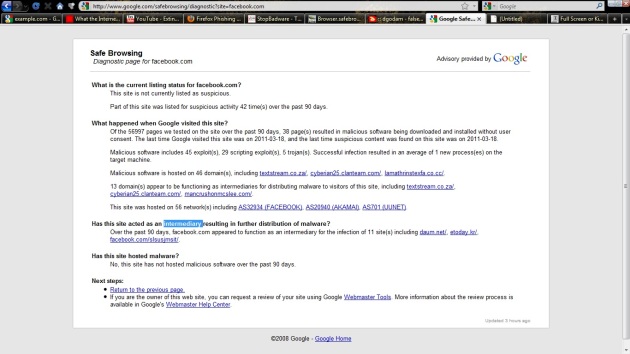Today is May 21…. The earth is still revolving the sun without any problems… you are breathing well and reading this post here…., But as per the prediction of Harold camping, the dooms day was this day, May 21, 2011. He is the owner of the worldwide missionary organization namely “family radio network”.

Just see his prediction.
http://www.youtube.com/watch?v=KF24k0dfAXE
But we are still alive today! Thanks God!!
I have seen the flex boards showing this message of “family radio network” in Malayalam in Kerala. This belief was so spread over the continents. His argument was that this prediction was made based on long complex calculation for years based on the Bible. Now I am sure that he and his followers might have found out some arguments for the “postponing of the final day” based on cheap numerologies! According to him, the process of the dooms day was to begin today and last till October 12. Many people have resigned their jobs for sacrificing their lives only to the God for getting salvation after today, May 21, 2011!
Now, God has given us an opportunity to smile at his comic numerological prediction.
“Sai Baba”- the pseudo God
I think that a discussion about the pseudo Gods like Sai Baba is relevant today. He was definitely a good magician! He claimed divinity by taking watches, ornaments, etc from the air. But the great magicians were able to break his arguments within no time. Still the people were ready to believe him. Once, a magician challenged him to take out pumpkin from the air. But you know, it is not easy to hide pumpkin in the body. So he was never able to do it till his DEATH!!

The saddest thing is that many of our leaders in almost all fields like politics, sports, film, law etc were believers of him. The former Supreme Court chief justice, Sri. V.R.Krishnayyar has once told that Sai Baba had an impact even in his judgments. Manmohan Singh, Sachin Tendulker etc were believers of him. No one raised any questions about his revenue of crores! I think that social service was a very good mask to hide the unlawful activities.
Saying about his DEATH, most of the media was not ready to write that he has passed away fearing the circulation and sponsors. They found out beautiful words to describe it like “MAHA SAMADHI”. The media competed each other to bringout colourful stories and experiences about his divinity. But the have forgot or masked one thing, it is the duty of the media to guide the people right! The prediction of Baba was that he will leave the body only in the age of 96, but the eternal God called him 10 years back!
The people believed that he can cure diseases, but they didn’t think why he couldn’t to cure himself when he was in the ICU for months! They believed that he was able to make people escape from death, but he couldn’t do it himself! I was thinking all these when I read the experiences of the devotees in news papers about curing their diseases. Recently, we have witnessed a comedy in the media. The “mathrubhumi” newspaper was the one which gave maximum colourful stories when Baba passed away. But the same newspaper published a series about the tricks of pseudo Gods and “Sidhas”. They might have forgotten these things when they wrote about Baba!! The big fish is always out of the net!!
You just search in Youtube for details about the secret Swamy.
“Shaare Mubarak”- the new “salvation” business

“Salvation”, “moksha”, “santhi” etc are the top selling goods in the market today. One more product is added in this category recently, “Shaare Mubarak”. One of the muslim organizations in Kerala has decided to build a masjid(I am not sure whether it can be called a masjid) in Calicut. They are claiming that they have got the hair of prophet Muhammed(pbuh) and they will show it there. (But it is never the hair of him and even though if we admit that it is, the Islamic belief is that nothing except the eternal God has any metaphysical powers to cure diseases or anything like that) Anyone can come there for salvation and peace. Religion and cast are no bar! The businesses are always like this. Just think of such centres you know. The expense is estimated around 42 crores! That will be collected from the poor people. But they can easily make 420 crores once the business in ON! A big shopping complex will also be attatched with it!
So , we have to raise our voice.
“If you don’t stand for something, you will fall for anyting”
-Malcom X



